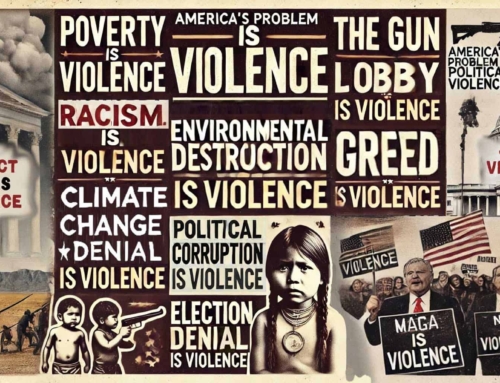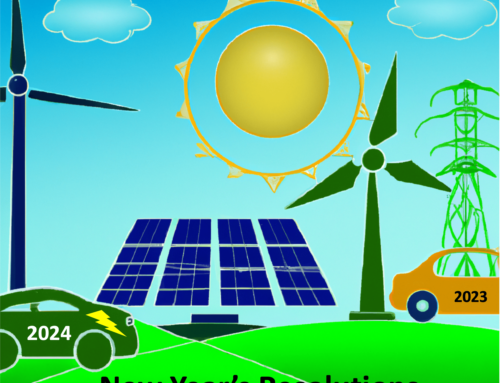Part I
I am frustrated. Walking out of my talk on the climate crisis, I know that I have failed. I’d prepared, rehearsed and had lots of facts about climate. The audience was polite, but at the end, their applause was tepid. While they likely care, they are unlikely to call for change, and most will not take any direct actions themselves. I rationalized that the talk was in conservative northern Georgia, but it nagged at me. Then I had a horrible thought.
What if this same failure gets repeated over and over all across the country? What I didn’t know was that I wasn’t the only one to fail.
The environmental and climate movements have been failing for the last 30 years. There are a number of reasons for this.
First, we are fighting the headwinds of an entrenched fossil fuel lobby that creates dominate narratives through frames and misinformation developed by over 30 think tanks. Then this misinformation is broadcast through our political and legislative structure. Fossil fuels have over 1700 lobbyists at the federal level spending over $2.3B to get access to lawmakers. This doesn’t include the state level. In return, the get over $35B in subsidies, deregulation and access to public resources.
The second reason is that media has adopted a “balanced” approach to reporting on climate. Fossil fuels have created the narrative that there is doubt about the climate crisis despite 98.5% of scientists warning us that we are headed for catastrophic consequences if we keep on pumping carbon into our air. Reporting on “both sides” of a bad argument does nothing to advance the public interest. Fighting the climate denial frame only entrenches that position. It’s a little like Charlie Brown trying to kick the football that Lucy is holding.
In addition, most media outlets today work off an attention-based economic model. Fear and sensationalism get more clicks, eyeballs, and audience, and this drives revenue. So we get the doom and catastrophic reporting that simply makes one want to curl up into a ball.
The third and main reason that the climate movement continues to fail is that our communications suck.
Since that time four years ago, I’ve focused on how I can be more effective as a climate communicator. This is a blog post and necessarily brief. But let me give you a couple of shortcuts, and a way to think about how to be more effective and not repeat my experience.
The first thing I learned was actually to avoid three things.
- Using facts and logic to persuade people.
- Trying to get people to act by creating fear through doom and gloom.
- Talking about issues, fighting frames, and telling people anything.
Cognitive scientists have found that most humans don’t use facts and reasons to make decisions, only to rationalize the decisions they’ve already made with their gut. Facts and logic are an intellectual exercise. No, this doesn’t mean that facts and reason have no role. But trying to prove the climate crisis is real using facts and reason by themselves is a bad habit of climate activists. Fighting denial even when trying to debunk the oppositions misinformation or lies only entrenches and feeds that misinformation. When we are trying to convince and persuade people we are failing.
Second, fear may be an attention grabber, but over time, doom and gloom simply create fatigue, apathy, and disengagement. People are overwhelmed by problems that are too big or intractable.
Finally, people simply don’t like to be told what to think, or how to act, or what to do. If you doubt this, just try to tell your significant other what to do. In addition, we fail to understand that we feed what we fight. Clean coal is the classic example of fighting a frame until many people believe that there is something called clean coal.
Instead, there are three things that work when getting people to act on the climate crisis.
- Using attraction instead of persuasion.
- Telling stories based on values, and challenging the status quo.
- Helping create a new vision and identity for others.
Madison Avenue knows that attraction is more powerful than persuasion. Think about watching an ad for an Apple product versus a Samsung product. Do I need to know how many features the Samsung has, or would I rather see a better version of myself when I use an Apple product? Features and facts are persuasion. Facts may resonate, but they don’t motivate. Seeing myself as cool by using an iPhone is attraction.
Second, we’ve all heard how effective stories are, but only a few of us practice this in our discussions on climate. Stories are the key to attraction. The result of a good story is that someone identifies with your experience and the values you support. But stories are not enough by themselves unless they help change the status quo. This means they must help people see an alternative to the dominant narratives we are being fed.
A good story must do two things. It must allow the listener to feel the common values we share and it must challenge the status quo with a better vision.
When we tell a good story, we help develop a mutual identity. People may first join causes because they are interested in the mission or end result, but they stay and get involved as a result of how we make them feel. I like to say, “People come for the cause, but stay for the connection.” This connection is the identity they are rewarded for by being part of the group.
When I changed my approach to telling more stories, I started getting people coming up to me after a talk to share their experiences. This is the way we build community and action. The following four post series will help you understand the steps to take to be a more effective with your climate communications. Stay tuned. As always, let me know how I can help.
Hobie,
‘We are all connected. Savor the Earth!’™
L. Hobart Stocking
SkyWaterEarth.com
hobart@skywaterearth.com
651-357-0110
Facebook: @SkyWaterEarthConnected
Twitter: @SkyWaterEarth








Leave A Comment